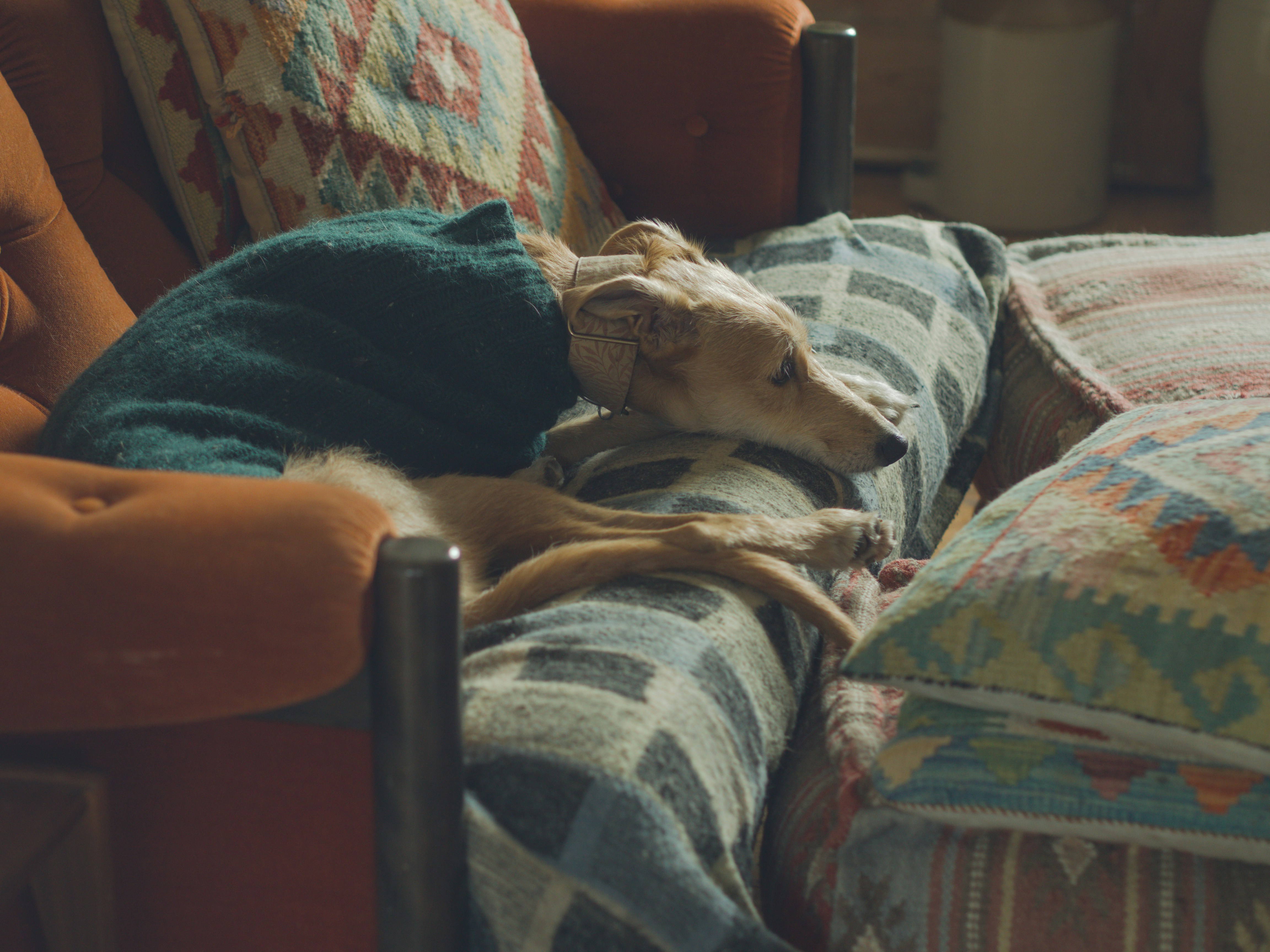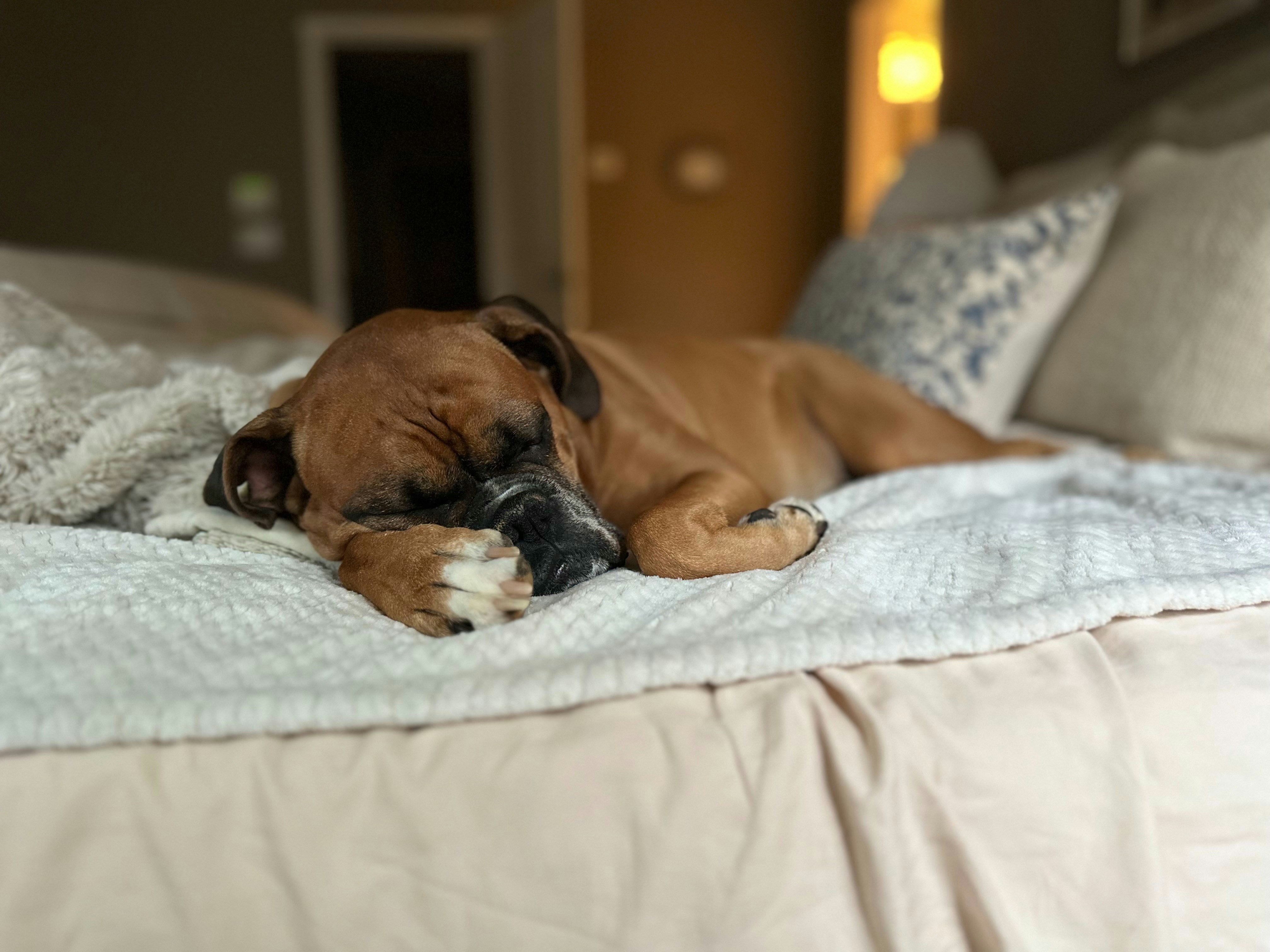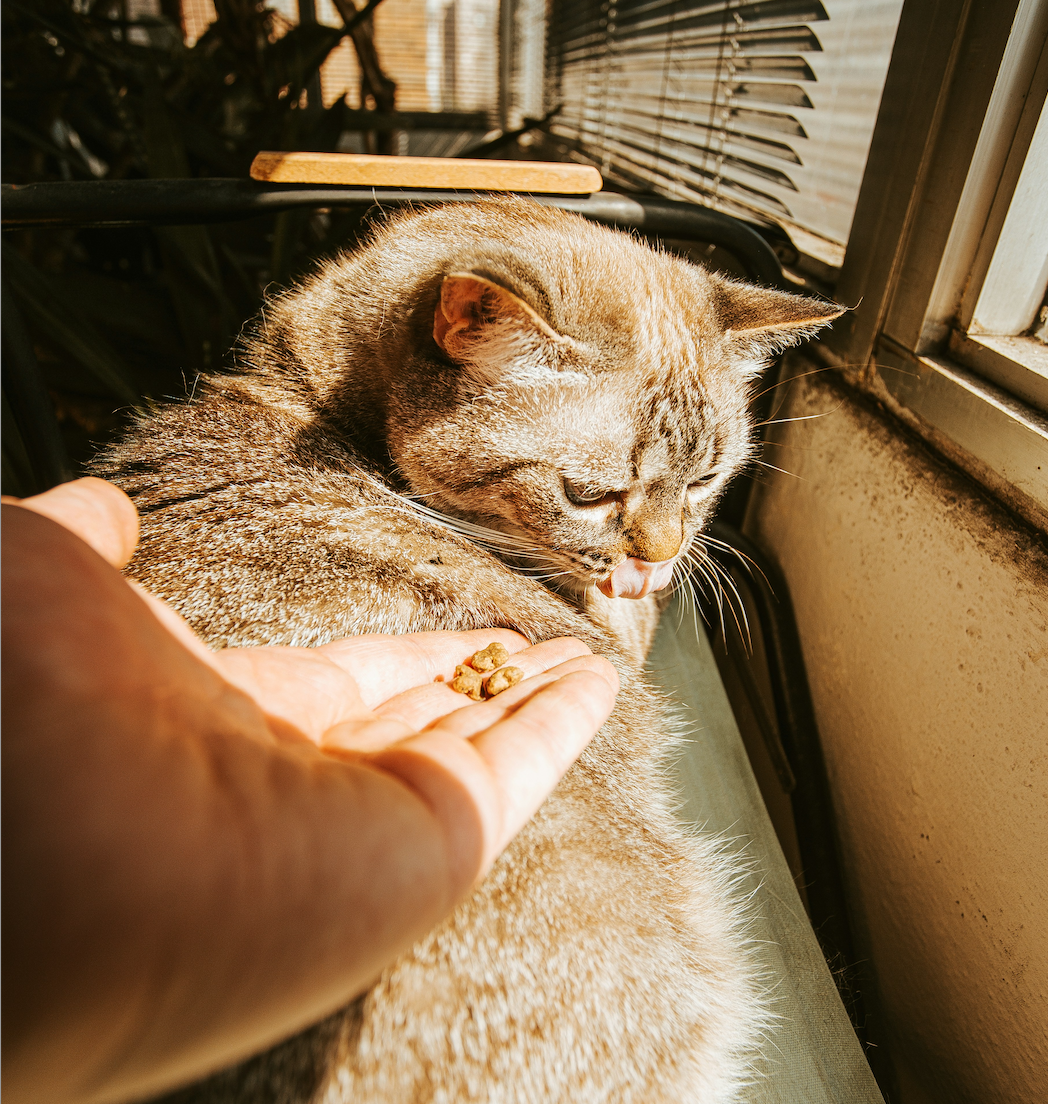As your dog grows older, their needs change. They may move slower, rest more, or face new health challenges. Comfort care helps them stay supported and content in their later years. With small adjustments, you can reduce pain, protect mobility, and meet their physical and emotional needs. This guide explains key steps for keeping senior dogs safe, well, and loved.
Managing pain in older dogs
Arthritis and stiff joints are common in senior dogs. Watch for signs like limping, hesitation on stairs, or struggling to rise. Speak with your vet about safe pain relief, supplements, or changes that can improve comfort.
Creating a safe and supportive home
- Provide soft, supportive bedding for sore joints.
- Use rugs or mats to prevent slips on smooth floors.
- Keep water, food, and favourite resting spots within easy reach, also consider lifting them up too.
- Using ramps or steps to help with climbing.
Nutrition for senior dogs
Older dogs benefit from diets suited to their age or medical needs. Some foods support joints, kidneys, or weight balance. Ask your vet if a senior-specific or prescription diet is right for your pet. There are some well-researched supplements for many health issues, speak to your veterinarian for suggestions.
Exercise and mobility
Gentle activity maintains strength and movement. Short walks and calm play work best. Swimming is a safe, low-impact option for many dogs. Always adapt the pace to your dog’s energy and ability. There are dog prams or beach trolleys you can use to take your dogs out for walks if their mobility is very limited.
Supporting emotional wellbeing
Senior dogs may feel anxious or confused, especially with cognitive changes. A steady routine, calm reassurance, and toys/games that stimulate the mind help them stay settled. Simple companionship also makes a big difference.
Routine veterinary care
Regular vet visits are vital for older dogs. Early detection of dental disease, kidney issues, or heart problems allows for care that focuses on comfort. Ongoing check-ups also provide reassurance for families. We generally recommend 6 months check ups for seniors.
Exploring alternative therapies
Some families use treatments such as acupuncture, massage, or physiotherapy. These may support mobility and comfort. Always discuss new therapies with your vet first.
Adapting to changing needs
Senior dogs often rest more, walk slower, or avoid stairs. Adjust your routine and expectations gently. Patience and flexibility keep them comfortable and happy at home.
Supporting your senior dog with love
Comfort care means dignity, respect, and kindness. By noticing changes and responding with compassion, you make your dog’s final years peaceful and full of love. If you are unsure about their quality of life, a quality of life assessment can guide your to make changes at home. When care at home is no longer enough, in home dog euthanasia offers a gentle farewell. For aftercare, families can choose respectful aftercare options.
FAQ
Q: How often should my older dog see the vet?
Most senior dogs benefit from a check-up every 6 months. Regular visits help monitor joints, teeth, weight, and organ health so adjustments can be made early.
Q: Can my dog still exercise if they have arthritis?
Yes—gentle, low-impact movement helps keep joints flexible and muscles strong. Try short walks, swimming, or light stretching under your vet’s guidance.
Q: How can I tell if my dog is uncomfortable at night?
Restlessness, panting, or shifting positions may mean pain. Try a soft, supportive bed and keep the room warm. If discomfort continues, ask your vet about pain options.
Q: What can I do to help my dog feel secure at home?
Keep a calm routine, use familiar bedding, and speak softly. Avoid loud noises and slippery floors. Dogs feel safest when life stays predictable and gentle.
Q: When should I consider a quality of life assessment?
If your dog’s comfort, appetite, or mobility start to fade, a quality of life assessment helps clarify what support they need and when to make changes.







